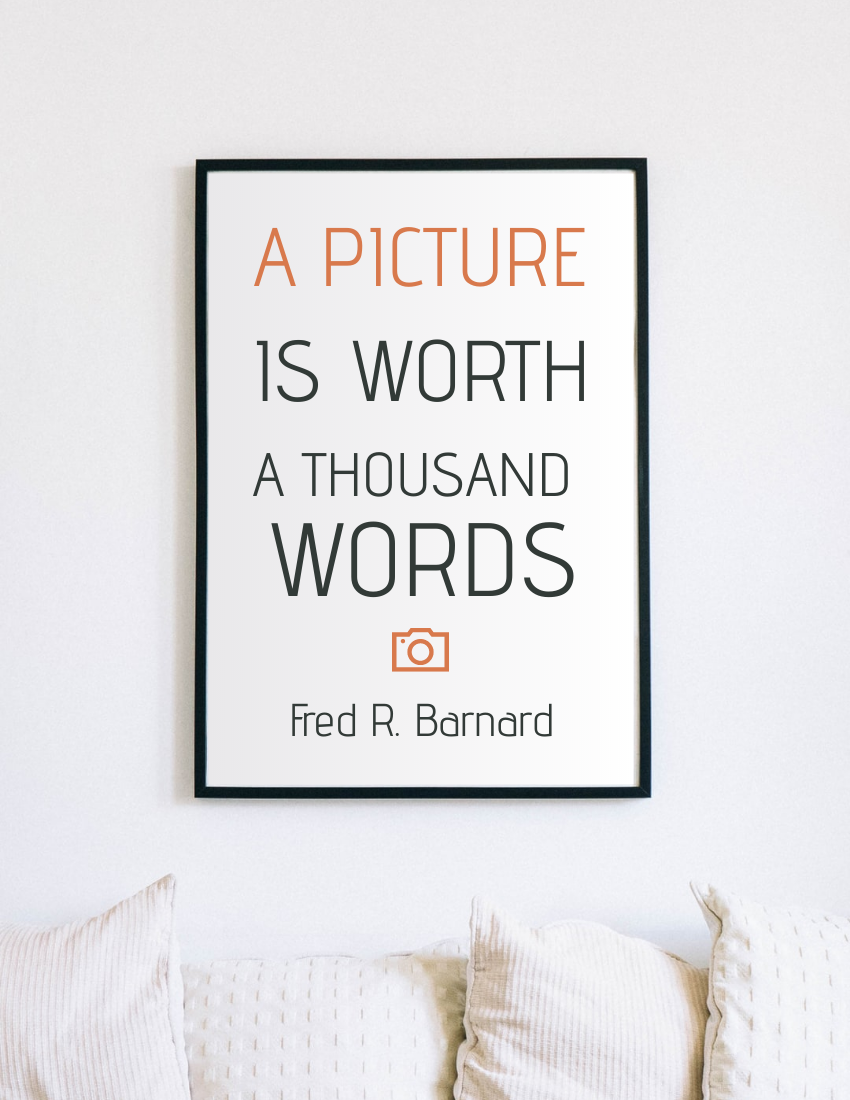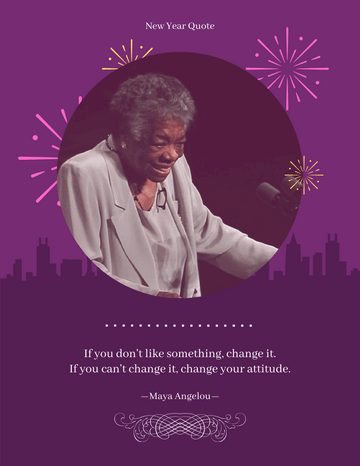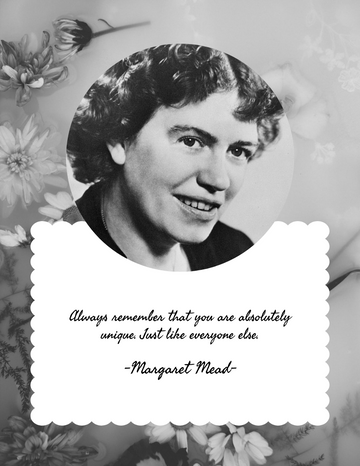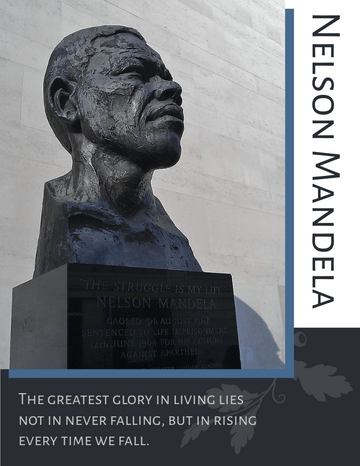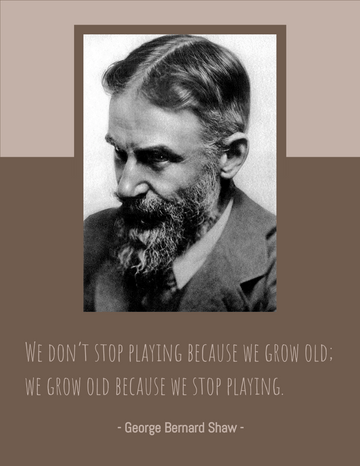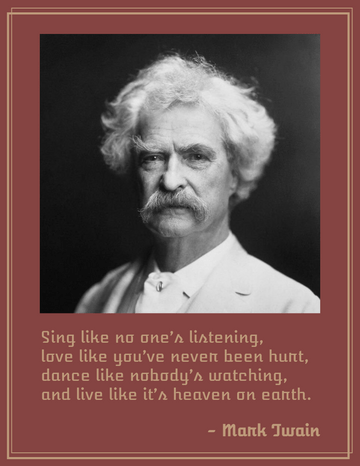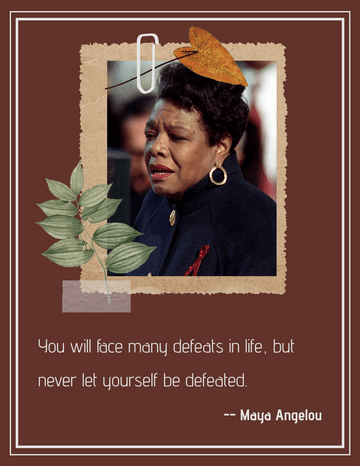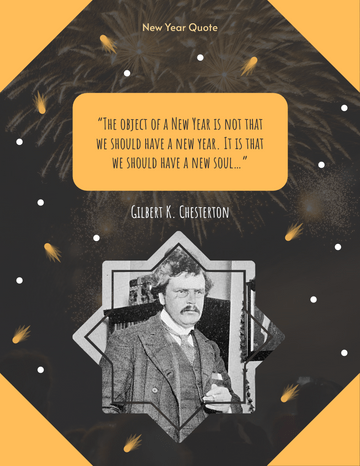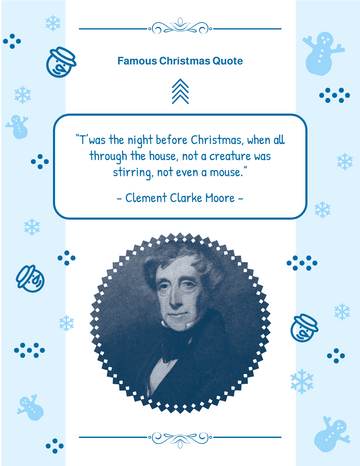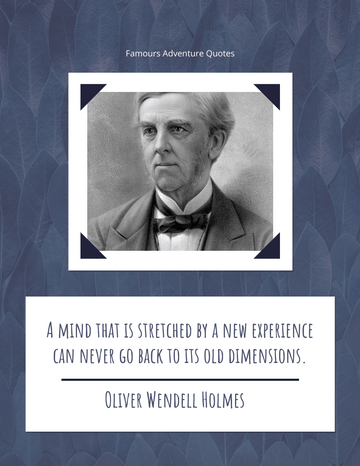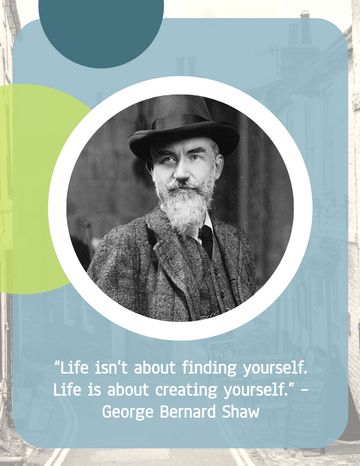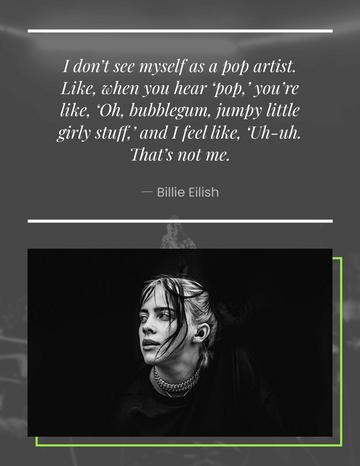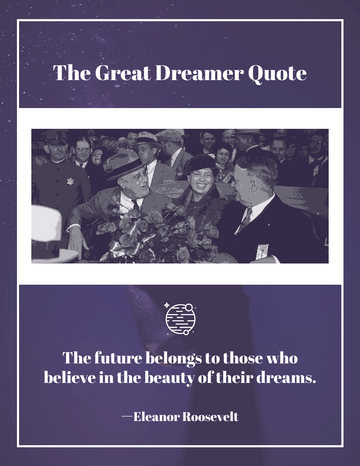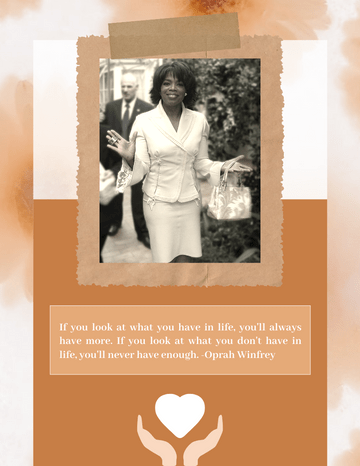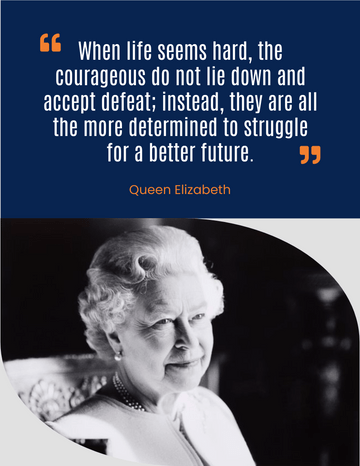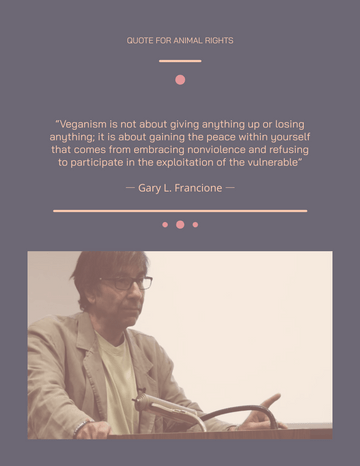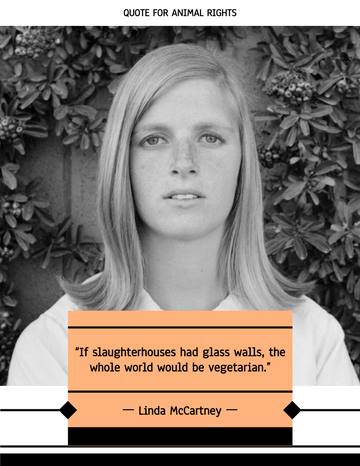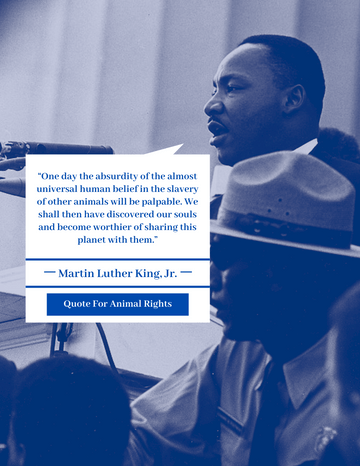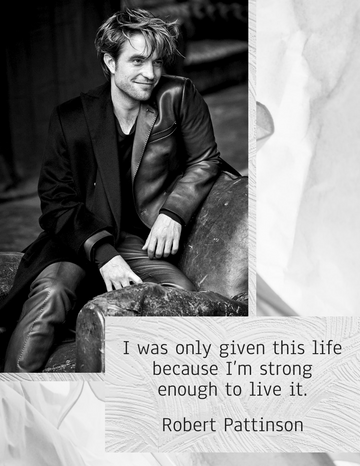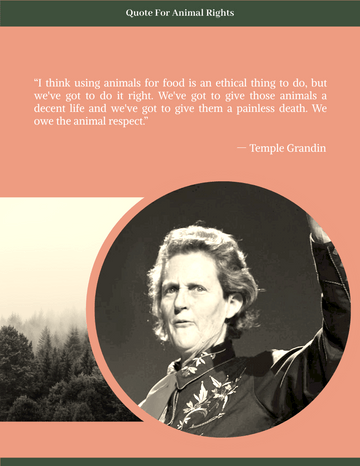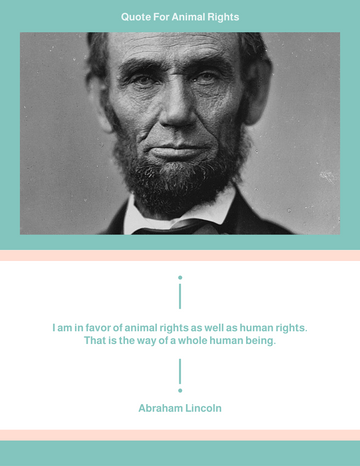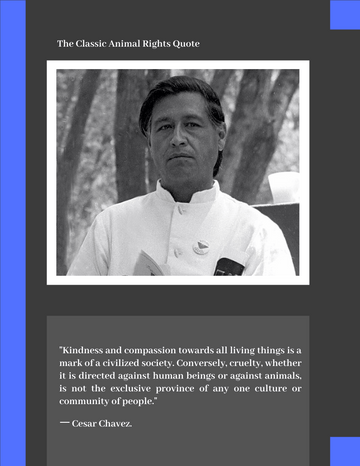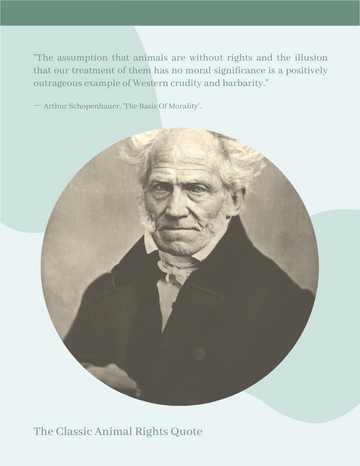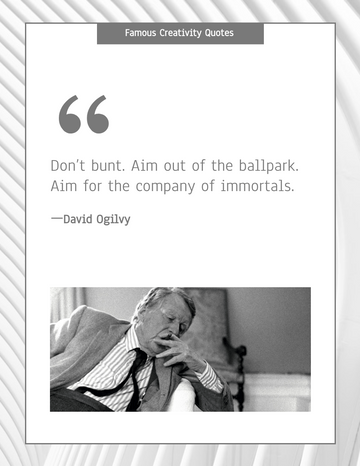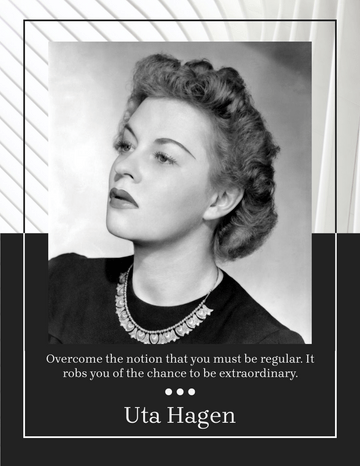A picture is worth a thousand words. – Fred R. Barnard
A picture is worth a thousand words. – Fred R. Barnard
"A picture is worth a thousand words" is an adage in multiple languages meaning that complex and sometimes multiple ideas can be conveyed by a single still image, which conveys its meaning or essence more effectively than a mere verbal description.
History of the quote
Henrik Ibsen first said, "A thousand words leave not the same deep impression as does a single deed." After his death in 1906 this quote was plagiarized and para-phrased into what we know now.
In March 1911, the Syracuse Advertising Men's Club held a banquet to discuss journalism and publicity. This was reported in two articles. In an article in The Post-Standard covering this event, the author quoted Arthur Brisbane (not Tess Flanders as previously reported here and elsewhere) as saying: "Use a picture. It's worth a thousand words." In an article in the Printers' Ink, the same quote is attributed to Brisbane
A similar phrase, "One Look Is Worth A Thousand Words", appears in a 1913 newspaper advertisement for the Piqua Auto Supply House of Piqua, Ohio.
Frederick Barnard (16 May 1846 – 28 September 1896) was an English illustrator, caricaturist, and genre painter. He has been noted for his work on the novels of Charles Dickens published between 1871 and 1879 by Chapman and Hall.
Barnard was born in the Christchurch district in London, one of seven children of Caroline née Chater (1797–1876) and Edward Barnard (1796–1867), a silversmith. He studied art under Léon Bonnat in Paris and worked in London and at Cullercoats on the Northumberland coast. His work was exhibited at the Royal Academy of Art. He also worked as an illustrator for Punch, The Illustrated London News, and Harper's Weekly.
In 1870 Barnard married Alice Faraday, a niece of Michael Faraday. In the 1880s, Barnard and his wife joined a colony of artists at Broadway in the Cotswolds.
In 1871 Barnard was commissioned by Chapman and Hall to illustrate nine volumes of the Household Edition of Dickens' work. It included Bleak House, A Tale of Two Cities, Sketches by Boz, Nicholas Nickleby, Barnaby Rudge, Dombey and Son, and Martin Chuzzlewit. He followed in the footsteps of the respected illustrator Hablot Knight Browne who had worked with Dickens himself. Barnard created some 450 illustrations over an eight-year period, and became known as "the Charles Dickens among black-and-white artists."
Barnard concentrated on illustrating scenes other than those that Browne and Dickens had chosen to portray. Whereas Browne was inclined to create dramatic group scenes for his prints, Barnard was more interested in showing the relationships between pairs of characters. At the same time, Barnard also had to seamlessly blend the characters as visualized by Browne with his own style, trying not to deviate too much from their established appearance.
After the death of his son Geoffrey in 1891, Barnard went into decline. His relationship with Alice suffered, and he fell into a deep depression, which he tried to escape by taking laudanum. On 27 September 1896 Barnard died at his home, Aber-Maw on Merton Hall Road in Wimbledon after his bedclothes caught fire from the pipe he was smoking while under the influence of a drug, probably laudanum. His cause of death was suffocation, although his body was also badly charred. He was buried in the churchyard of St Mary's church in Wimbledon.
Click here to read the flipbook.
